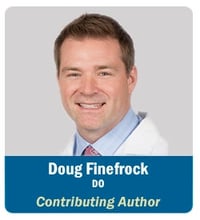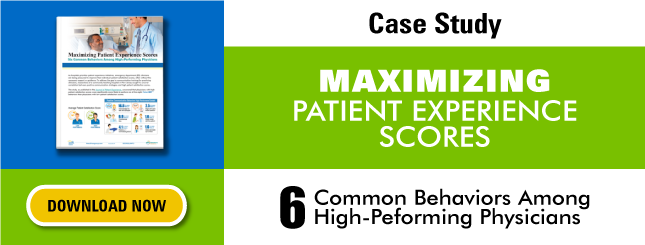 The patient satisfaction survey, HCAHPS, reflects patients’ perspectives of their hospital experience. The survey results are used to compare hospitals to each other using measures that are significant to healthcare consumers. HCAHPS scores are used by CMS to determine a slice of reimbursement to hospitals, making up 25% of a hospital’s Total Performance Score in the Hospital Value-Based Purchasing program for 2016. Apart from these important fiscal repercussions, what everyone really wants to know is, “How can we improve our HCAHPS scores?”
The patient satisfaction survey, HCAHPS, reflects patients’ perspectives of their hospital experience. The survey results are used to compare hospitals to each other using measures that are significant to healthcare consumers. HCAHPS scores are used by CMS to determine a slice of reimbursement to hospitals, making up 25% of a hospital’s Total Performance Score in the Hospital Value-Based Purchasing program for 2016. Apart from these important fiscal repercussions, what everyone really wants to know is, “How can we improve our HCAHPS scores?”
Communication is critical. After analyzing 3.1 million HCAHPS surveys, CMS reported that strong communication is correlated with the highest overall HCAHPS scores1.
Top Four Drivers of Overall Hospital HCAHPS Ratings
- Communication with Nurses. This is certainly not surprising given the high degree of interaction between nurses and patients. Outpatient care typically has fast-paced communication by a team of skilled individuals, while inpatient care features multiple teams of these individuals who need to communicate not just with patients, but also with each other as shifts change over a 24-hour period. Patients value empathy, clarity of explanations, responsiveness, and understanding of needs while being treated with respect and courtesy.
- Pain Management. Most hospital visits feature some degree of physical discomfort, whether caused by injury or illness. Patients view elimination of pain, or at least reduction, as a primary need during their medical encounter. Successful communication, as mentioned above, will go a long way toward achieving the most appropriate and effective pain management.
- Communication about Medications. Patients want to know why they are being given the medication that is going into their bodies. What are the anticipated improvements as well as any possible side effects? Then, upon discharge, they or their medical caretaker must be clear on how and when the medication is to be given. This communication should be both verbal and written with an acknowledged understanding by the patient or caretaker.
- Communication with Doctors. While the physical time doctors spend with patients is substantially less than the time nurses spend with patients, their exposure must be of the highest quality possible. Physicians need to find a way to explain things clearly to the patient or their family representative, and it must be done with courtesy and respect. A busy or difficult day is not a valid reason to fall short with the patient during this time.
Excellent communication is at the core of each of these patient experience drivers. Any hospital lacking in these areas will suffer monetary opportunity costs since the CMS reimbursement policy for Medicare and Medicaid patient discharges rewards high performers and penalizes low performers. In addition to this financial impact, potential patient-customers can choose a high performing hospital for their next visit because of easily available statistics that can be used to compare hospital performance.
Prioritize communication training to improve not only your organization’s HCAHPS scores, but also the overall performance of your providers. Learn more about the PatientSET™ Program that focuses on these core skills here.

_________________________________________________________________________________________________
1(HCAHPS Patient Level Correlations. www.hcahpsonline.org. Centers for Medicare & Medicaid Services, Baltimore, MD. Originally posted April 17, 2014. http://www.hcahpsonline.org/Files/Report_April_2015_Corrs.pdf.)

